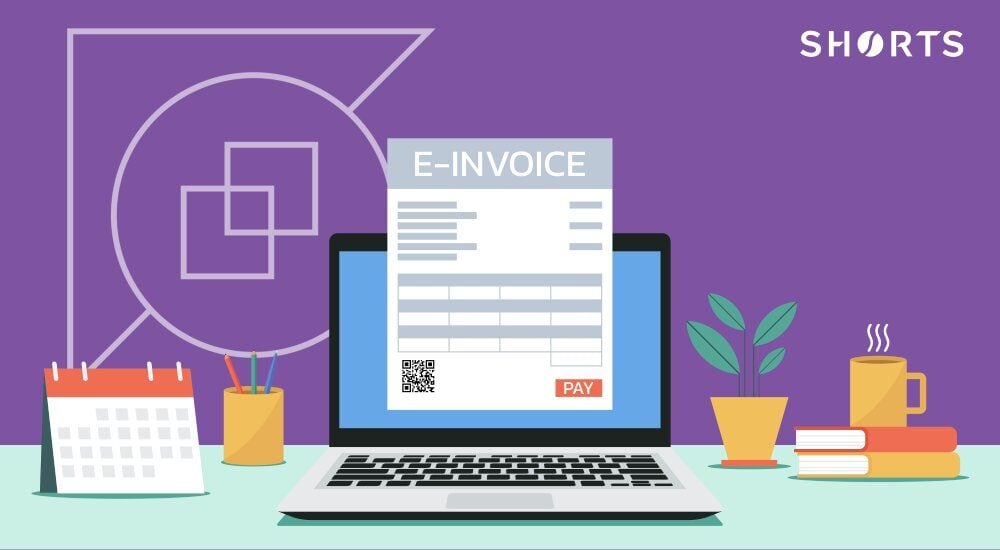
In the Government’s Autumn budget, the Chancellor announced publication in early 2025 of the consultation to establish standards for the adoption of electronic invoicing (e-invoicing) within the UK.
E-invoicing is mandatory in a number of EU countries for business-to-business transactions and will eventually be mandatory throughout the EU. Although no longer an EU member, the UK has transposed EU e-invoicing legislation into UK legislation. It is not yet known whether the UK will follow the EU in making e-invoicing mandatory, but it is likely that many businesses will move to e-invoicing when it becomes mandatory in the countries in which they have customers.
What is e-invoicing?
E-invoicing is a business-to-business exchange of invoice data between a supplier and a buyer.
HMRC guidance defines e-invoicing as “the transmission and storage of invoices in an electronic format without duplicate paper documents” and goes on to say that the format can be either a structured format such as XML or an unstructured format such as PDF.
However, the European Commission’s definition requires an e-invoice to have the following characteristics:
- only contain data in a structured form
- be capable of being automatically imported into AP systems
- does not include a visual presentation of the invoice data
A visual, human-readable version of the e- invoice may be created for reading purposes and may flow within the structured message, but this is not part of the invoice itself.
Exclusions
The European e-invoicing requirements exclude invoices which:
- contain unstructured invoice data issued in PDF or Word formats.
- are images of invoices such as JPG.
- are unstructured HTML invoices on a web page or in an email.
- are scanned paper invoices
- are paper invoices sent, like images, via fax machines.
It is the more stringent definition of e-invoicing applied in Europe which the UK consultation will cover.
Split payments
The split payment VAT mechanism has been proposed as a way of dealing with VAT evasion and to make it easier for HMRC to track and collect VAT on on-line sales.
A project commissioned by the Government in 2018 looking at the concept of split payments is due to be completed in January 2025.
The project is focussing on sales of e-commerce goods and services by non-UK suppliers and is being undertaken in cooperation with Payment Service Providers such as credit card companies.
What is the split payment mechanism?
The split payment mechanism enables a payment to be split into its constituent parts when received, one of which is VAT. The VAT element of the purchaser's payment is paid to HMRC directly, and the seller only receives the net amount.
Where are we now?
The technology to implement and run a spit payment mechanism is already available. However, there are a number of issues to consider before a split payment mechanism can be put in place including:
- How to identify where the purchased goods or services are to be delivered and/or consumed.
- Where more than one party is involved in the transaction, which party will handle the split on the transaction.
- Whether the splitting mechanism would be capable of calculating a composite VAT total across a mixed supply of goods and/ or services, each potentially with a different rate of VAT.
- Whether intervention can be made without the consent of the seller or buyer to send the VAT payment directly to HMRC.
Variations of the split payment VAT mechanism have been implemented in some countries in South America and Europe. Italy, Poland and Romania have introduced split payment schemes in certain circumstances to try and reduce the VAT gap.
It seems highly likely that the UK will adopt a split payment scheme in future but will not have systems in place for a number of years.

Lynne Gill
My area of expertise is land and property transactions but I have extensive knowledge of both domestic and international VAT and I love complex VAT queries. I have an Honours degree in Business Studies and a VAT legal and technical qualification from the Institute of Indirect Taxation.
View my articlesTags: VAT


